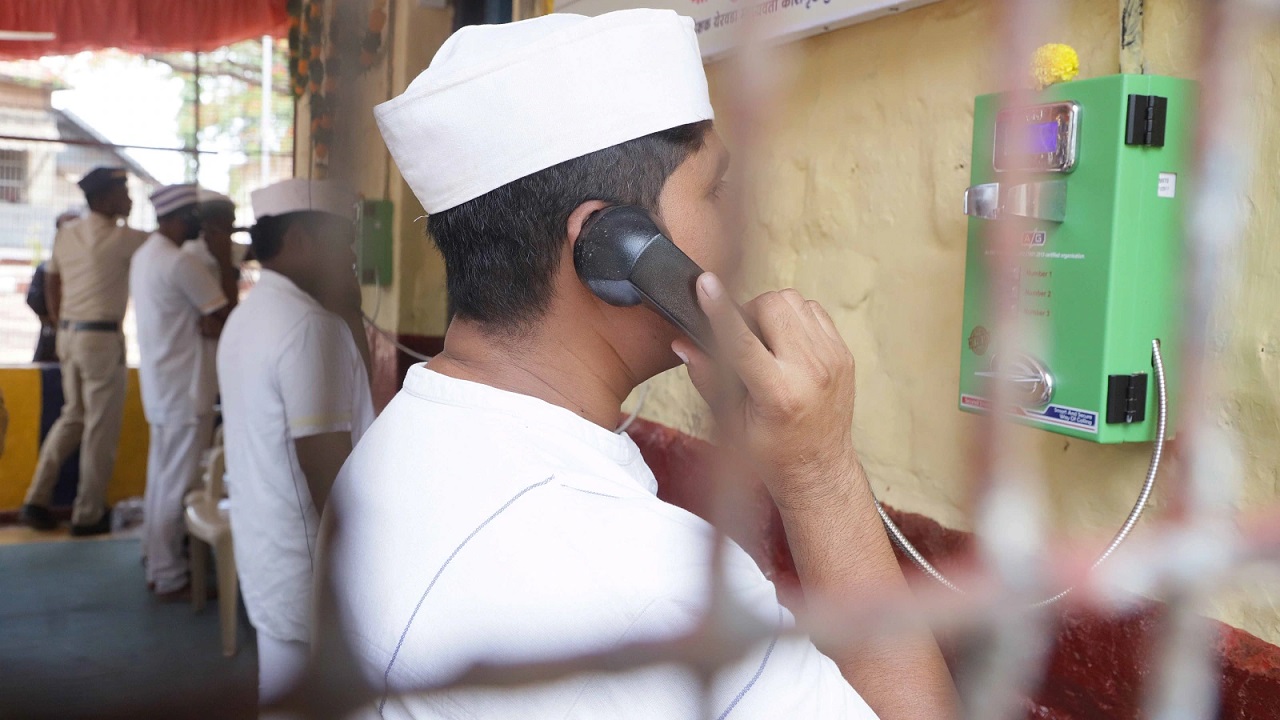NEP 2020 Turns Five: Vision to Implementation
Context
On 29th July 2020, the National Education Policy (NEP) 2020 was launched with the aim to transform India’s education landscape. As the policy completes five years, there have been some notable developments, especially at the foundational and institutional levels. However, its implementation continues to face challenges due to centre–state differences, infrastructure gaps, and regulatory delays.
Introduction
NEP 2020 envisions an inclusive, flexible, and multidisciplinary education system rooted in Indian values and global best practices. It proposes a major overhaul in school and higher education structures, pedagogy, assessments, teacher training, and digital learning. Over the past five years, certain reforms have taken root, while others await broader execution due to administrative and political hurdles.
Key Provisions of NEP 2020
• The 5+3+3+4 school structure replaced the 10+2 system, formally integrating early childhood education (ages 3–6) into schooling.
• The NIPUN Bharat Mission was launched to achieve Foundational Literacy and Numeracy (FLN) by Class 3. Tools like PARAKH are used to assess learning outcomes.
• Focus on mother tongue or regional language as the medium of instruction till Grade 5, aiming to enhance cognitive skills.
• In higher education, the policy introduced multiple entry and exit options, a multidisciplinary approach, and an Academic Bank of Credits (ABC) system.
• The Common University Entrance Test (CUET) was proposed to standardise UG admissions and reduce the burden of multiple entrance tests.
• The National Professional Standards for Teachers (NPST) and integrated B.Ed programmes aim to enhance teaching quality.
• Measures for equity and inclusion target improved access for SC, ST, OBC, minorities, women, and the northeastern region.
• The policy recommends replacing existing regulatory bodies with a unified Higher Education Commission of India (HECI).
• Greater emphasis on digital learning and adult education to achieve 100% literacy and broader online access.
• A target was set to increase public spending on education to 6% of GDP.
Achievements in the Last 5 Years
• Higher education enrolment increased to 4.46 crore, with a 36% to 75% rise among SC, ST, Muslim, and NE students.
• Female PhD enrolment rose significantly to 1.12 lakh, indicating growing gender parity.
• Over 1.1 crore children enrolled in Balvatikas, and 4.2 crore children participated in the Vidya Pravesh readiness programme.
• Learning tools like Jaadui Pitara enhanced early childhood education through play-based and language-rich content.
• According to ASER 2024, 23.4% of Class III students could read Grade II-level text, up from 16.3% in 2022.
• More than 32 crore ABC IDs were created, with 2,556 institutions adopting the credit system.
• CUET was widely accepted, leading to reduced dependence on coaching institutes.
• Establishment of IIT and IIM campuses abroad in places like Dubai and Zanzibar marked steps towards internationalisation.
Challenges in Implementation
• Resistance from states like Tamil Nadu and Kerala over the three-language formula and PM SHRI scheme has highlighted centre–state tensions.
• The HECI Bill remains pending in Parliament, delaying the unification of higher education regulators.
• The National Curriculum Framework for Teacher Education (NCFTE) is yet to be released.
• Despite ABC rollout, only around 31,000 undergraduate and 5,500 postgraduate students have utilised the credit transfer system.
• Many rural schools still lack access to digital infrastructure, trained staff, and appropriate learning materials.
Way Forward
• Foster greater centre–state coordination through context-based agreements and localised implementation strategies.
• Strengthen the foundational learning base by upgrading Anganwadis and aligning ECCE with primary education. Expand initiatives like Vidya Pravesh and Jaadui Pitara.
• Expedite the operationalisation of HECI by merging bodies like NHERC, NAC, GEC, and HEGC for unified regulation.
• Conduct targeted awareness campaigns in universities to boost the adoption of ABC and the National Credit Framework (NCrF).
• Promote equity, research, and innovation through tools like caste–gender dashboards, regional language content, and blended financing models.
Conclusion
Five years since its launch, NEP 2020 has led to notable progress in enrolment, foundational learning, and academic flexibility. However, the policy’s transformative vision has been limited by delays in execution, institutional resistance, and digital disparities. Moving forward, an approach that is collaborative, decentralised, and innovation-driven is essential to realise the full potential of the policy on the ground.



.jpg)
Comments (0)